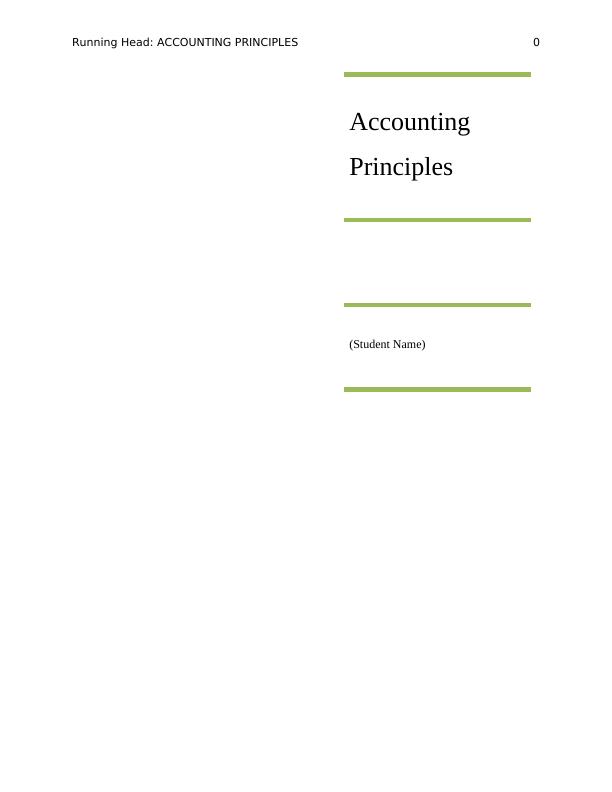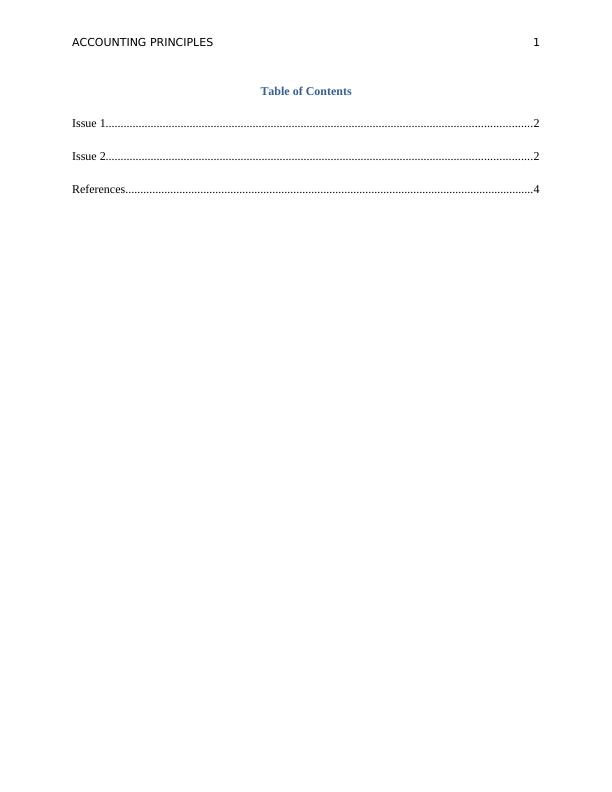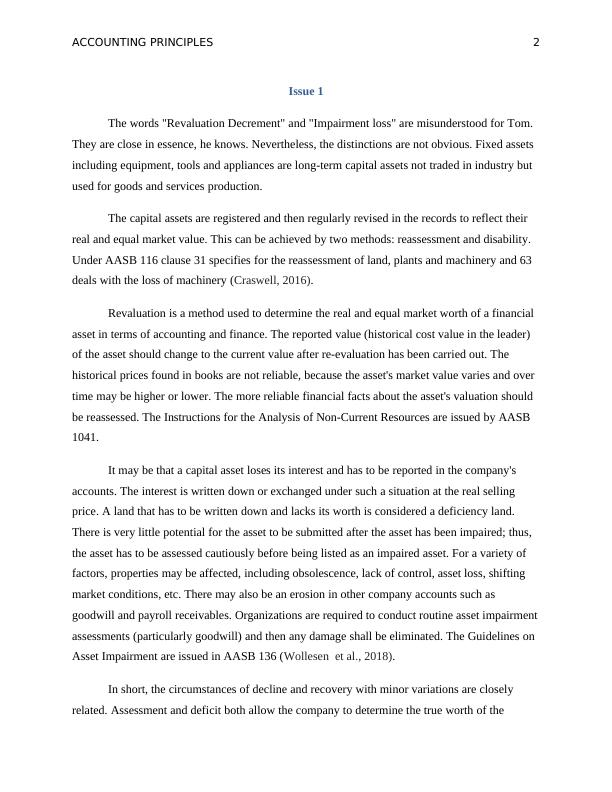Accounting Principles Issues
Added on 2022-07-28
6 Pages1277 Words20 Views
End of preview
Want to access all the pages? Upload your documents or become a member.
Accounting Standards docx.
|5
|1007
|35
Motivations for not revaluing property, plant and equipment in advanced financial accounting
|5
|1245
|192
Valuation Methods in Financial Accounting
|5
|739
|53
Finance and Accounting Question Answer 2022
|12
|1174
|17
Corporate Accounting Assignment - AASB 136
|7
|1480
|185
Purpose of Accounting Standard Assignment
|7
|1490
|147



